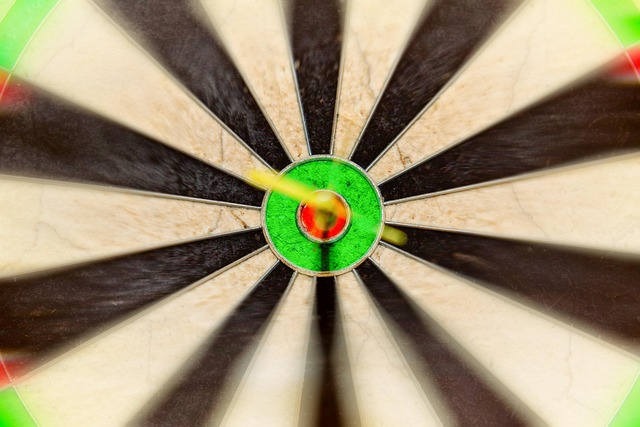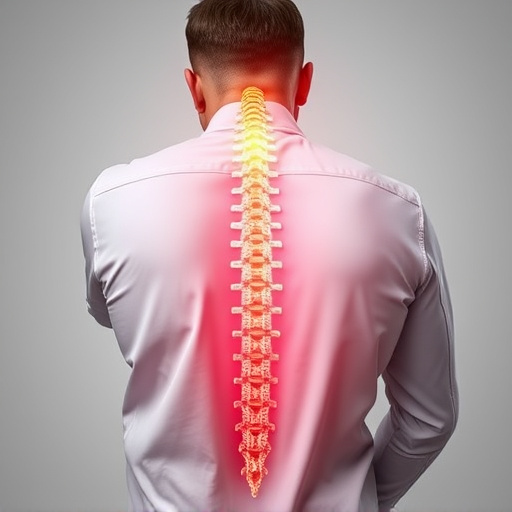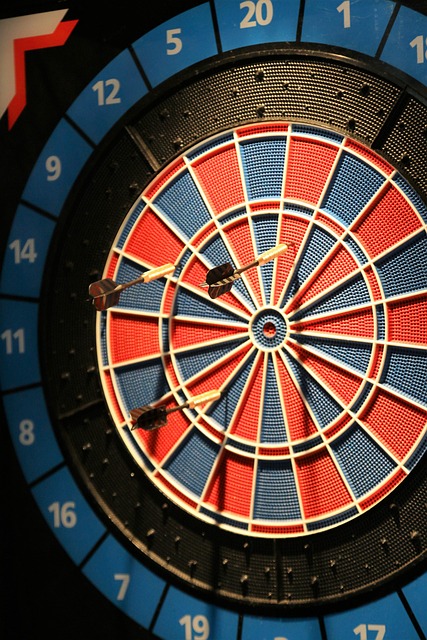Ingrown hairs, caused by incorrect shaving or hair removal techniques, can be effectively managed through understanding their causes, primarily hair regrowth after removal. Treatments include topical medications, exfoliation, and laser hair removal, which offers a non-invasive option targeting the follicle for long-lasting results. Proper post-treatment care, regular exfoliation, and adjusted shaving techniques are crucial to prevent ingrown hairs. Laser treatments significantly reduce overall hair growth.
Ingrown hairs can be a painful and unsightly issue, but expert solutions are now available to transform your skincare routine. This comprehensive guide delves into the world of ingrown hair, exploring its causes and common treatments. We shine a spotlight on the rise of laser hair removal as an innovative solution for ingrown hair, offering permanent results. Furthermore, we provide practical post-treatment care tips and prevention strategies to ensure optimal outcomes and minimize future occurrences. Discover the latest advancements in ingrown hair treatment, with a focus on effective laser hair removal techniques.
- Understanding Ingrown Hair: Causes and Common Treatments
- The Rise of Laser Hair Removal for Ingrown Hair
- Exploring Effective Post-Treatment Care and Prevention Strategies
Understanding Ingrown Hair: Causes and Common Treatments

Ingrown hair is a common skin concern, often caused by improper shaving or hair removal techniques, leading to hair growing back into the skin. This condition can result in painful bumps, inflammation, and even infected cysts. Understanding the causes of ingrown hairs is key to finding effective treatments. One of the primary reasons for their occurrence is the way hair grows back after removal. During the growth phase, if the hair breaks off beneath the skin’s surface, it can cause irritation and lead to an ingrown hair.
Common treatments for ingrown hair include topical medications, such as retinoids or salicylic acid, which help unclog pores and promote skin cell turnover. Exfoliation is also crucial, removing dead skin cells that might trap hair follicles beneath the surface. In more severe cases or when other methods fail, medical professionals offer laser hair removal as an ingrown hair treatment option. This non-invasive procedure targets the hair follicle, reducing future hair growth in the treated area and providing long-lasting results.
The Rise of Laser Hair Removal for Ingrown Hair

In recent years, there’s been a significant shift in the way people address ingrown hair concerns, with laser hair removal emerging as a popular and effective solution. This innovative treatment has revolutionized skincare routines, offering a permanent reduction in unwanted hair growth. The traditional methods of exfoliation and shaving often fall short in preventing ingrowns, leaving many seeking more advanced options. Laser hair removal provides a precise and targeted approach by using intense pulses of light to target the hair follicle.
This non-invasive procedure is becoming increasingly accessible, with many clinics now offering specialized treatments for ingrown hair. By breaking down the hair follicles and inhibiting their ability to grow, laser therapy ensures smoother, softer skin without the persistent issue of ingrown hairs. It’s a game-changer for those looking for long-lasting results and a permanent solution to this common skincare problem.
Exploring Effective Post-Treatment Care and Prevention Strategies

After undergoing any hair removal procedure, including laser hair removal, proper post-treatment care is essential to manage potential side effects and prevent ingrown hairs. This includes keeping the treated area clean and moisturized, avoiding strenuous activities that may cause skin irritation, and refraining from picking or scratching the skin. Using gentle cleansers and applying cooling gels can help alleviate any discomfort.
Additionally, implementing preventive measures is crucial to reduce the likelihood of ingrown hairs in the future. This involves regularly exfoliating the skin to remove dead skin cells, using a loofah or mild scrub to gently buff the area. Shaving techniques should also be adjusted; positioning the razor at a 90-degree angle and using a fresh blade can minimize skin trauma. Moreover, opting for hair removal methods like laser treatments specifically targets hair follicles, offering a long-term solution to ingrown hairs by reducing overall hair growth.
In summary, understanding ingrown hair and its causes is the first step towards effective management. While common treatments offer temporary relief, the emergence of laser hair removal for ingrown hair presents a promising, long-lasting solution. By combining this advanced procedure with proper post-treatment care and prevention strategies, individuals can finally bid farewell to unsightly and uncomfortable ingrown hairs.














